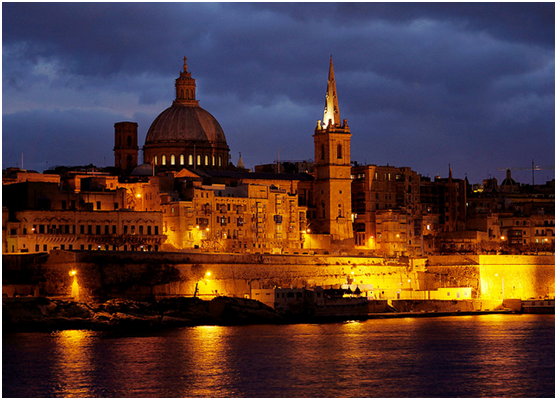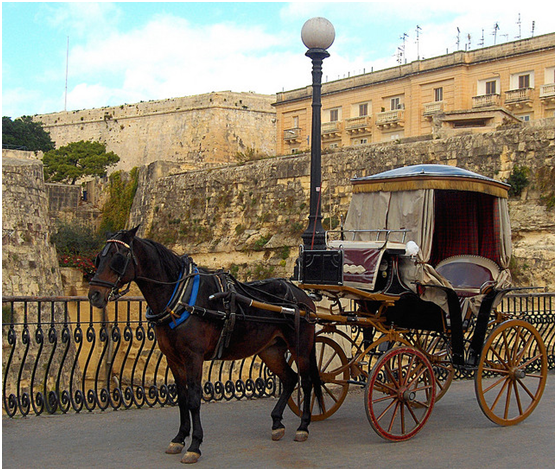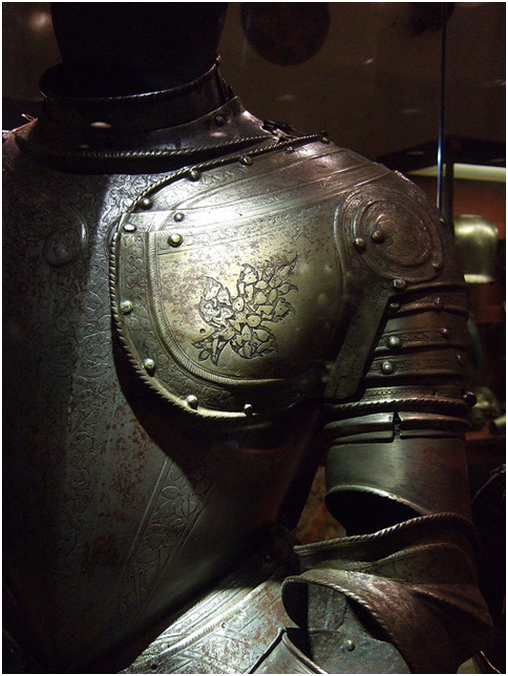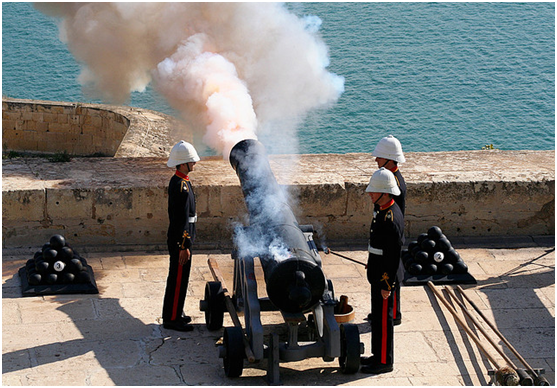Baroque churches, gigantic bastions, idyllic narrow roads and beautiful gardens overlooking the bluest sea you’ll ever lay your eyes on, this underrated city on the small island of Malta, is a true historical indulgence. Built by the knights of St. John in the 16th century after the Ottomans besieged the island, the city of Valletta is an architectural marvel in a class of its own.

(photo credit: Joshua Zader)
Getting to Valletta is easy enough as most bus routes in Malta leave and return to Valletta’s main gate rather than cover the island in a grid-like fashion. Alternatively you can get on a ferryboat from Sliema pier. Once there the city is small enough to be covered on foot, a hop on one of the mini-cabs, or the more traditional ‘karozzin,’ a horse driven carriage that was until not long ago a more popular mode of transport on the island.

(Photo Credit: John Haslam)
The main attractions are mostly situated in and around Republic Street with the first being the Archeological Museum, housing some really interesting artifacts dating back to Neolithic times. From here you can also get your hands on an audio guide for a refundable deposit available in 10 languages.
A further walk down Republic Street will lead you directly to one of the most lavishly decorated baroque churches in Europe, the St. John’s co-cathedral. The knights and Grandmasters of the order of St. John are buried here; each with their own customized plaques that form an intricate mosaic of marble tombstone flooring. The Caravaggio paintings on exhibit are an artistic delight and some of the best examples of the ‘chiaroscuro’ (clear and dark) technique developed by this master painter, once a knight and later a fugitive and prisoner of the order.
A visit to Valletta without stopping over at the Grandmaster’s palace is not a complete one. What is now the Maltese house of parliament is a reflection of the grandeur and lavish lifestyle that the Knights used to enjoy. The armory museum boasts an impressive well-preserved collection of the knights’ suits of armor and weaponry amongst other things.

(photo credit: Martin Fisch)
Malta was one of the most bombed places during world war II, a part of its story well preserved and documented in the exhibit at fort St. Elmo, a 16th century fort that is now the national war museum. Amongst other things this museum houses a ‘Gloster Gladiator’, one of three bi-planes used to defend the island during the war.
The cuisine in Valletta is a delectable one with most restaurants sourcing the most sun-ripened local fresh ingredients and serving a variety of traditional Mediterranean dishes. Before going back to your hotel don’t forget to visit the ‘upper barrakka’ gardens and relish in the wonderful view on top of the Grand Harbour. If you happen to go there at around noon you’ll be able to witness the cannon salute, a re-enactment that has British uniform-clad soldiers firing the canon that used to salute incoming vessels over the course of the 19th and 20th century British rule.

(photo credit:John Haslam

